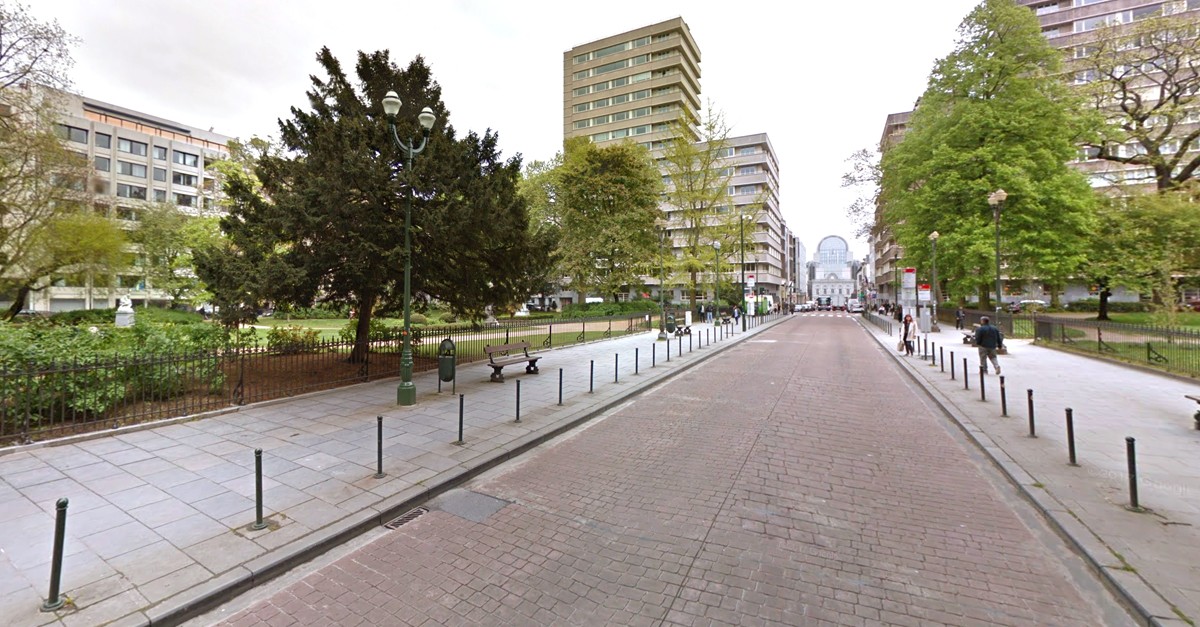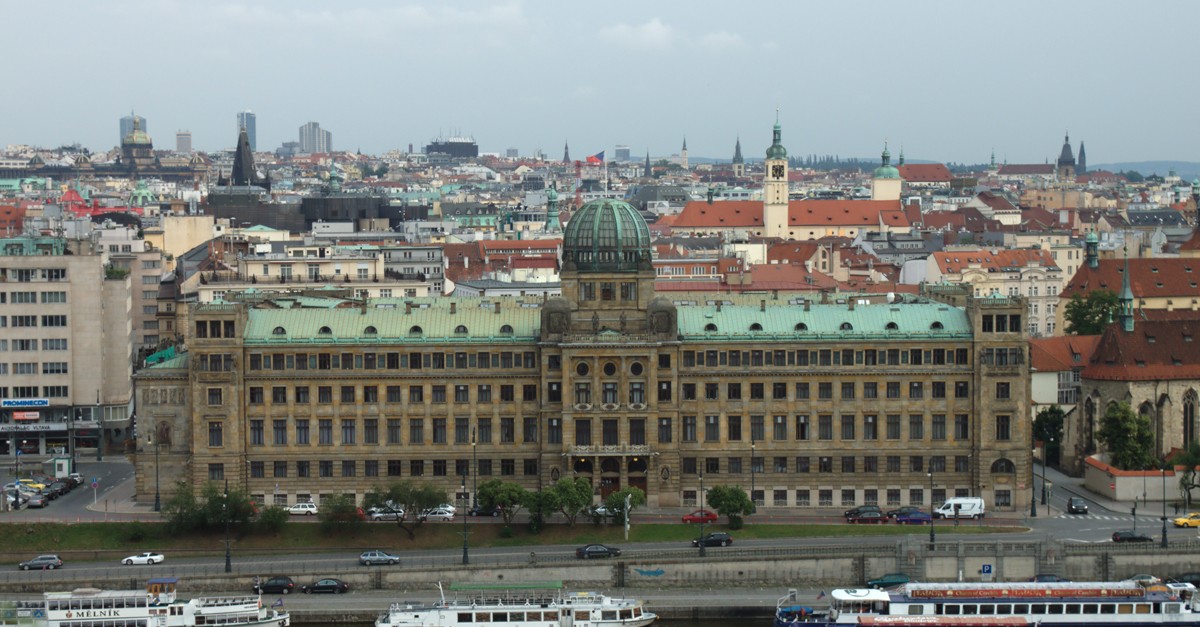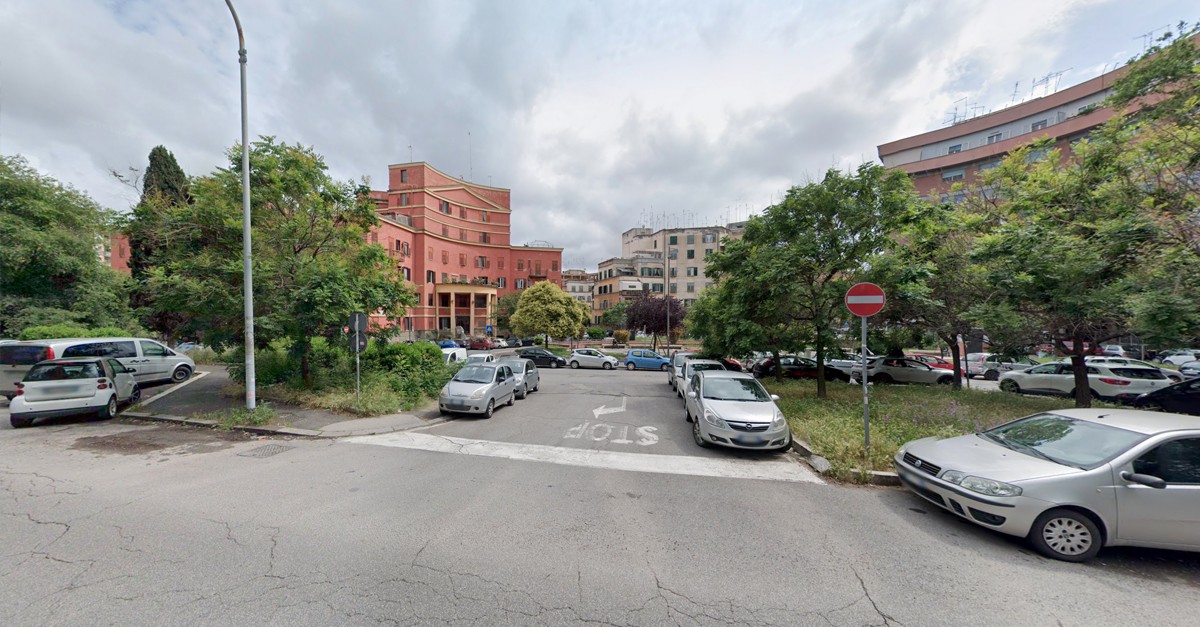![Europe's coolest neighbourhoods / Holger.Ellgaard [CC BY-SA 4.0]/Google Maps/Joanbanjo [CC BY-SA 3.0] Europe's coolest neighbourhoods / Holger.Ellgaard [CC BY-SA 4.0]/Google Maps/Joanbanjo [CC BY-SA 3.0]](https://st3.idealista.it/news/archivie/styles/fullwidth_xl/public/2020-02/media/image/collage_cool.jpg?VersionId=FPF4rAfaaoQkOQ8HZPLrjRkbDf3RtLPL&itok=55hRotAi)
The British newspaper The Guardian has released a ranking of Europe's 10 coolest neighbourhoods. The list sees a neighbourhood in Gothenburg, Sweden take the top spot, with districts in Brussels and Valencia completing the podium. Rome is the only Italian city to make the ranking. Let's check out the full top 10 and find out a little about each of the coolest neighbourhoods in Europe.
1. Järntorget, Gothenburg
![Holger.Ellgaard [CC BY-SA 4.0] Holger.Ellgaard [CC BY-SA 4.0]](https://st3.idealista.it/news/archivie/styles/fullwidth_xl/public/2020-02/media/image/1_jarntorget_x.jpg?VersionId=jKG1U8T2rgWtpcg4o8HyOBv3aqQM24R2&itok=bMtnIiL6)
Järntorget & Långgatorna lies on the south bank of the river Gota in the city of Gothenburg in Sweden. Originally it was a fairly infamous area of sailors and harbours but now everything has changed, turning this neighbourhood into a lively nightlife area full of pubs and clubs. The Hela Dagen Långa is also celebrated here, an annual street festival that the British newspaper compares to the Notting Hill Carnival.
2. The University Quarter, Brussels

This part of Brussels, Belgium is on the ouskirts of the city but is still accessible on the public transport network. It is located a little off the beaten track and away from the usual tourist routes, has been increasingly inhabited in recent years by the student population. Here, the large red brick buildings are home to the See U project, full of sustainable small businesses.
3. El Cabanyal, Valencia
![Joanbanjo [CC BY-SA 3.0] Joanbanjo [CC BY-SA 3.0]](https://st3.idealista.it/news/archivie/styles/fullwidth_xl/public/2020-02/media/image/03_el_cabanyal_x.jpg?VersionId=XOtXk4SHGVmjgSmD1L0IUD6OQ9j1qYBs&itok=HZIfZkSN)
Spain's coolest neighbourhood is among the most "authentic" districts in the city of Valencia, even though it is unknown to most tourists. In this area, there is a new cosmopolitan atmosphere, the traditional personality of the neighbourhood is appreciated by the new inhabitants and enhanced by shops and bars that pop up everywhere, all of the above tending to respect and adapt the existing architecture, rather than replacing it.
4. Bonfim, Porto
![DiegoDelso [CC BY-SA 3.0] DiegoDelso [CC BY-SA 3.0]](https://st3.idealista.it/news/archivie/styles/fullwidth_xl/public/2020-02/media/image/04_bonfim_x.jpg?VersionId=4q8RnFwIKuCZeURGaVwsV9eV3v7GuNEH&itok=ESb4Ahxt)
With rental prices in the city centre skyrocketing, this once bourgeois enclave is rapidly finding favour with a young and creative population in Portugal. It is only a 20-minute walk from the centre and convenient to the main exit routes: the main bus terminal and Porto train station are just a short walk away and there is a metro line directly to the airport.
5. Neukölln, Berlin
![Dguendel [CC BY 3.0] Dguendel [CC BY 3.0]](https://st3.idealista.it/news/archivie/styles/fullwidth_xl/public/2020-02/media/image/05_neukolln_x.jpg?VersionId=B5I.634.zhN5DRtMcIpYPJoJMD6FDevM&itok=kV_FpJP7)
Just a decade or so ago, Neukölln in southeast Berlin was a deserted part of the city. However, the cheap rental prices and a new-found lively atmosphere in the neighbourhood has attracted creative people and international students, who moved to the area along with Turks, Kurds and Arabs, creating the multicultural atmosphere you can see in the district today. Kebab shops along with elegant restaurants, shisha and shabby-chic cafes, underground art galleries and commercial casinos co-exist side by side and there is always something new to discover.
6. Powiśle, Warsaw
![Dariusz Kowalczyk [CC BY-SA 4.0] Dariusz Kowalczyk [CC BY-SA 4.0]](https://st3.idealista.it/news/archivie/styles/fullwidth_xl/public/2020-02/media/image/06_powisle_x.jpg?VersionId=Vx.OfMP3EO6eZ5G3yTOzrHxysvReeL82&itok=lTw9E6lB)
Powiśle, on the left bank of the Vistula in Poland, was once the haunt of sloppy bikers and lonely fishermen. Thanks to Poland's economic boom, it now resembles a carnival every summer, when the temperature usually exceeds 30 degrees. It's time to abandon preconceptions about cold, grey Warsaw, as this part of the city is buzzing with pubs and even boats offer craft beers and cocktails, with street food ranging from pierogi dumplings to pho soup (Warsaw has a large Vietnamese community).
7. Holešovice, Prague

In the north of Prague, on the left bank of the Vltava River beyond Letná Park, Holešovice has long been regarded as a desolate district with little to offer the locals, let alone visitors. Its impressive revival over the past decade has been largely due to creative entrepreneurs who have taken advantage of low rental prices and empty spaces, such as apartment blocks and factories, to create a vibrant infrastructure of galleries, shops, cafes, clubs and bars.
8. Ostiense, Rome

This up and coming Italian neighbourhood in Rome lies close to the Tiber River where there was once there was a power station, a river port and a gasometer, whose skeleton can still be seen. Today Ostiense has shaken off its industrial past to become a district full of new restaurants, street art and bars. The area is home to many university faculties, which is why many students live here, but there is also an international crowd, attracted by reasonable rental prices and a metro connection to the city centre. Come here to eat delicious local cuisine and admire historic sites away from the masses.
9. Dorćol, Belgrade
![Srđan Popović [CC BY-SA 4.0] Srđan Popović [CC BY-SA 4.0]](https://st3.idealista.it/news/archivie/styles/fullwidth_xl/public/2020-02/media/image/09_dorcol_x.jpg?VersionId=lCC.I2oQu.KNOBmPlLBreGLVLpff_ig1&itok=RZEbVhvL)
Between the tourist district of Skadarlija, the huge fortress of Kalemegdan and the banks of the Danube in Serbia, Dorćol has a comfortable air that doesn't immediately stand out but this area is on the rise, especially as a reference point for the city's bars and restaurants.
10. Réunion, Paris
![Mbzt [CC BY 3.0] Mbzt [CC BY 3.0]](https://st3.idealista.it/news/archivie/styles/fullwidth_xl/public/2020-02/media/image/10_reunion_x.jpg?VersionId=N3Oy4bUgPkiMMnaBGWZ12bDoDD4mP5t.&itok=gDyIE8QP)
The Place de la Réunion, founded in 1850, is the heart of this popular and bohemian district in Paris, a multicultural area of families, artists and musicians. The square comes alive on Thursdays and Sunday mornings, when it is teeming with people strolling through the market stalls set up among butchers, cheesemakers, fishmongers and fruit and vegetable vendors.
Article seen at: 10 of the coolest neighbourhoods in Europe (Guardian)